How to create a Wallet
How-To Blockchain Wallets
Hello there! Having dived into the basics of blockchain and demystified coins and tokens, it's time we embark on a crucial aspect of the blockchain universe - the Wallet. Just as your traditional wallet securely holds your physical money, a blockchain wallet is designed to safely store and manage your digital assets.
What Exactly Is a Blockchain Wallet?
A blockchain wallet is a digital tool that allows users to manage their cryptocurrencies. You don’t exactly store coins or tokens in your wallet, rather, it helps you interact with the blockchain to send, receive, and manage your assets. Think of it as your digital keychain that houses both your public address (analog to your bank account number) and private keys (something like a highly secretive PIN).
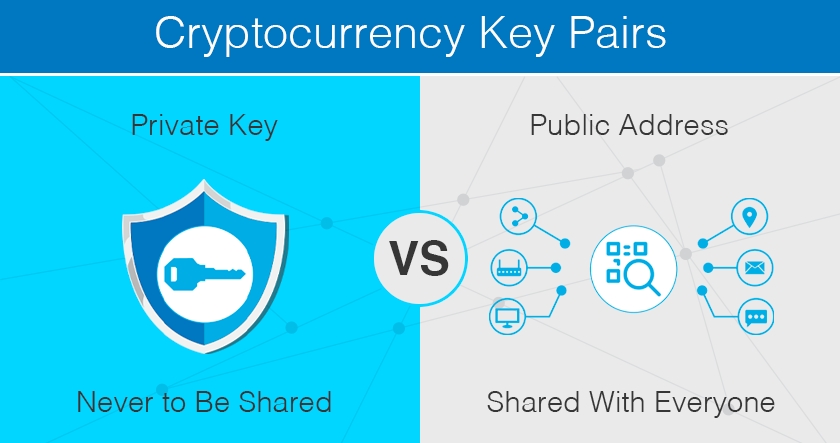
Different Types of Blockchain Wallets
Broadly, blockchain wallets can be categorized into two main types:
Hot Wallets
- Online Wallets: Operate on the cloud and are accessible from any device, anywhere. This makes them convenient but also susceptible to online hacks.
- Desktop Wallets: Installed on a personal computer or laptop. They can only be accessed from the device they are installed on, offering a more controlled environment.
- Mobile Wallets: Reside on your smartphone and are particularly useful for retail transactions and QR code scanning.
Cold Wallets
- Hardware Wallets: Physical devices, often resembling USB drives, that securely store a user's private keys offline. Ideal for large sums.
- Paper Wallets: Physical documents containing both your private and public keys. They allow for transactions by scanning a QR code.
Securing Your Blockchain Wallet: Best Practices
As we discussed in our last part of the series, blockchain gives you full sovereignty over your digital assets. However, that full control also entails full responsibility, which makes it indispensable to follow some safety tips!
- Back-Up, Back-Up, Back-Up!: Ensure you regularly back up your wallet. For online and desktop wallets, use an external drive or cloud storage that's encrypted. With mobile wallets, create backup options provided by the wallet software.
- Use Strong, Unique Passwords: Opt for passwords that are a mix of alphabets, numbers, and symbols. Refrain from using easily guessable passwords.
- 2-Factor Authentication (2FA): An added layer of security, 2FA requires not only a password and username but also something only the user has on them.
- Stay Updated: Always update your wallet software to the latest version. This ensures you have the latest security enhancements.
- Be Cautious of Phishing: Always double-check URLs and email senders. Fraudsters often create websites or emails that mimic legitimate platforms to steal your keys.
- Cold Storage for Large Amounts: If you're holding a significant amount of cryptocurrencies, consider using cold wallets. This ensures your assets remain offline and away from potential online hackers.
- Private Key Ownership: Ensure you control your private keys. Wallets that don’t give you control over your keys might be more vulnerable to attacks.
Tutorial: Setting up your first Wallet
In the following tutorial, we will together set up a MetaMask wallet. The MetaMask wallet is a fantastic starting point into your blockchain journey. Widely acclaimed for its user-friendliness and robust security features, MetaMask is a browser extension that functions as an Ethereum wallet. Below is a step-by-step guide designed with the beginner in mind. Let's get started!
1. Installation
Go to MetaMask's official website. Be cautious of fake sites!
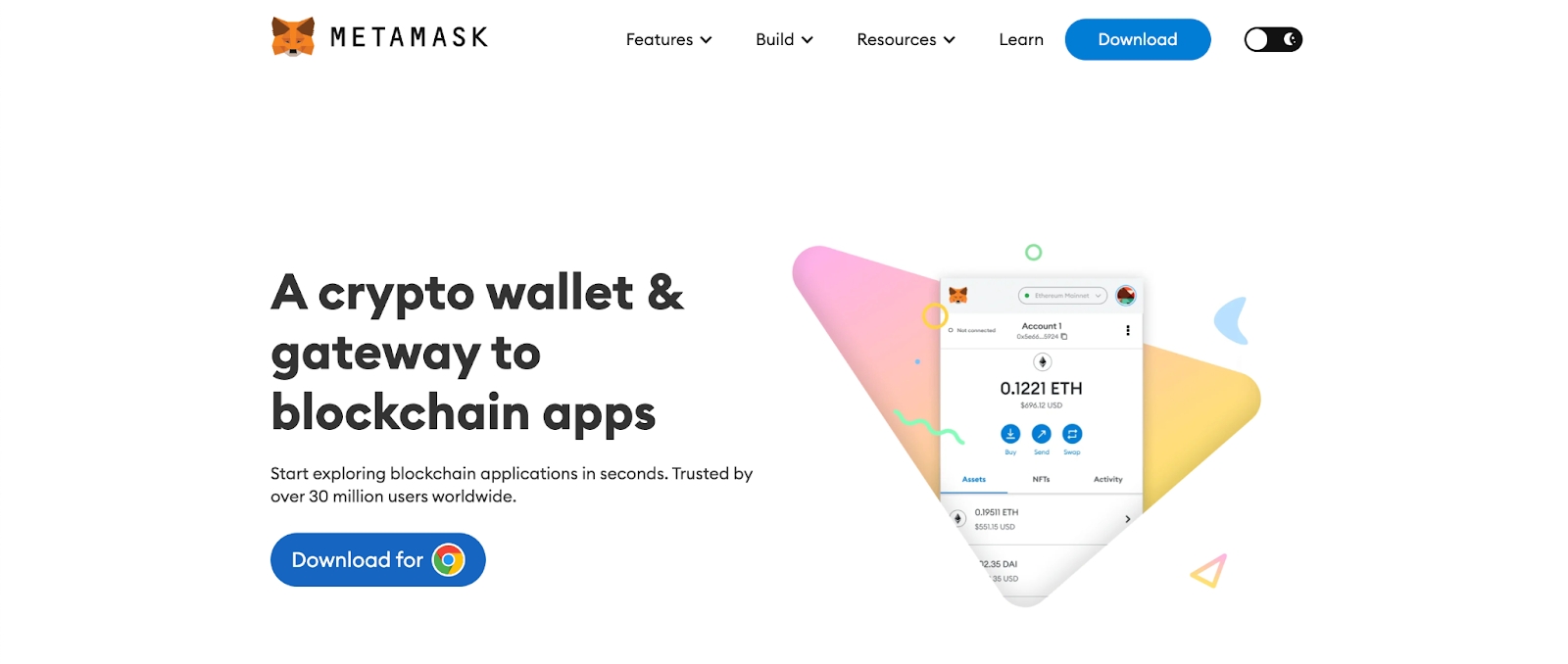
Click on the "Download" button. Choose your browser and install the extension.
2. Creating your new Wallet
You will automatically be redirected to MetaMask’s onboarding page.
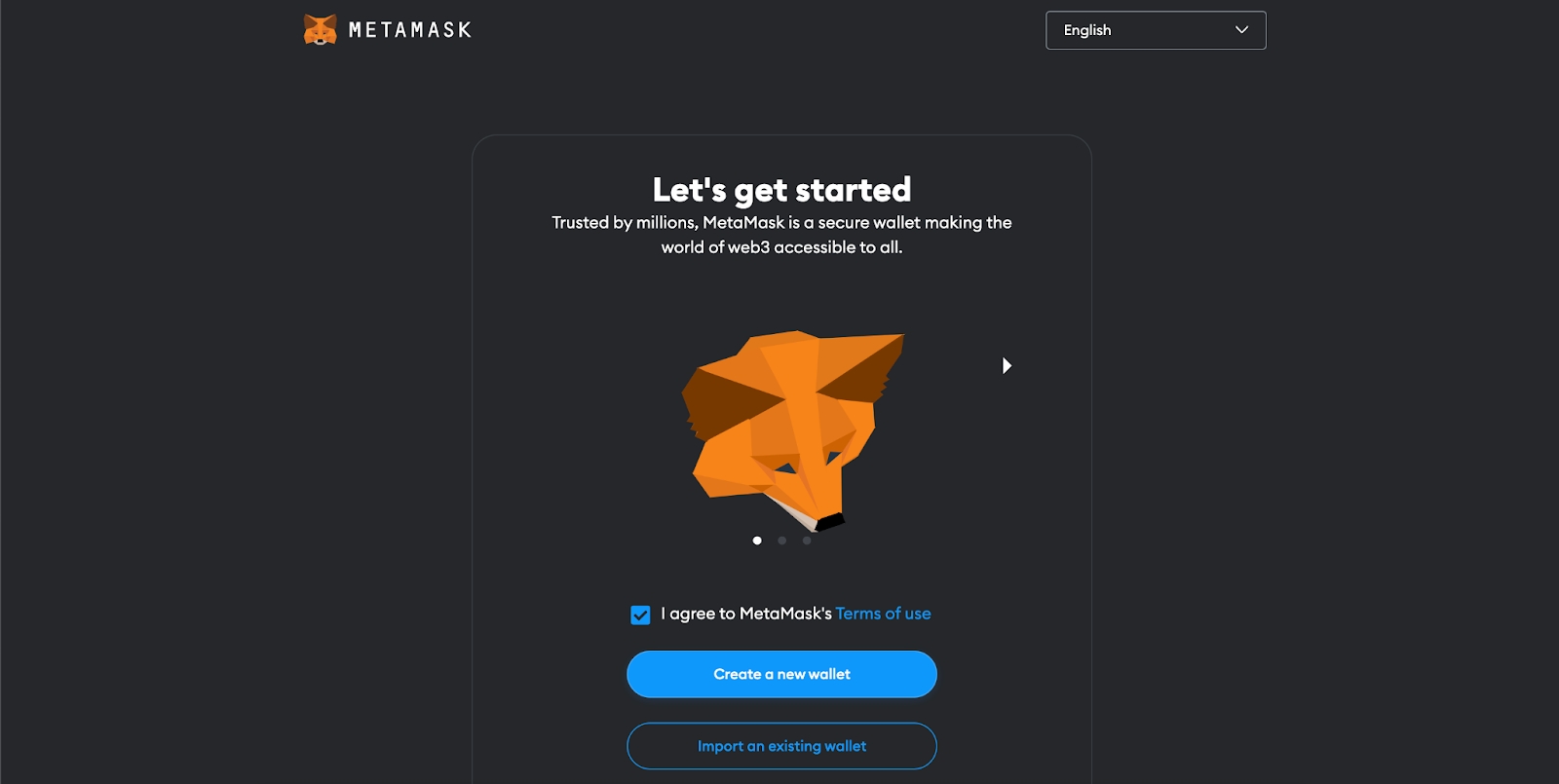
To start the setup, click on the "Get Started" button. Choose “Create a Wallet”: Opt for the “Create a Wallet” option (unless you’re restoring an existing one).
3. Setting Up Password & Backup Phrase
Next, create a Strong Password: Enter a password you’ll remember, but make sure it's secure. Confirm it.
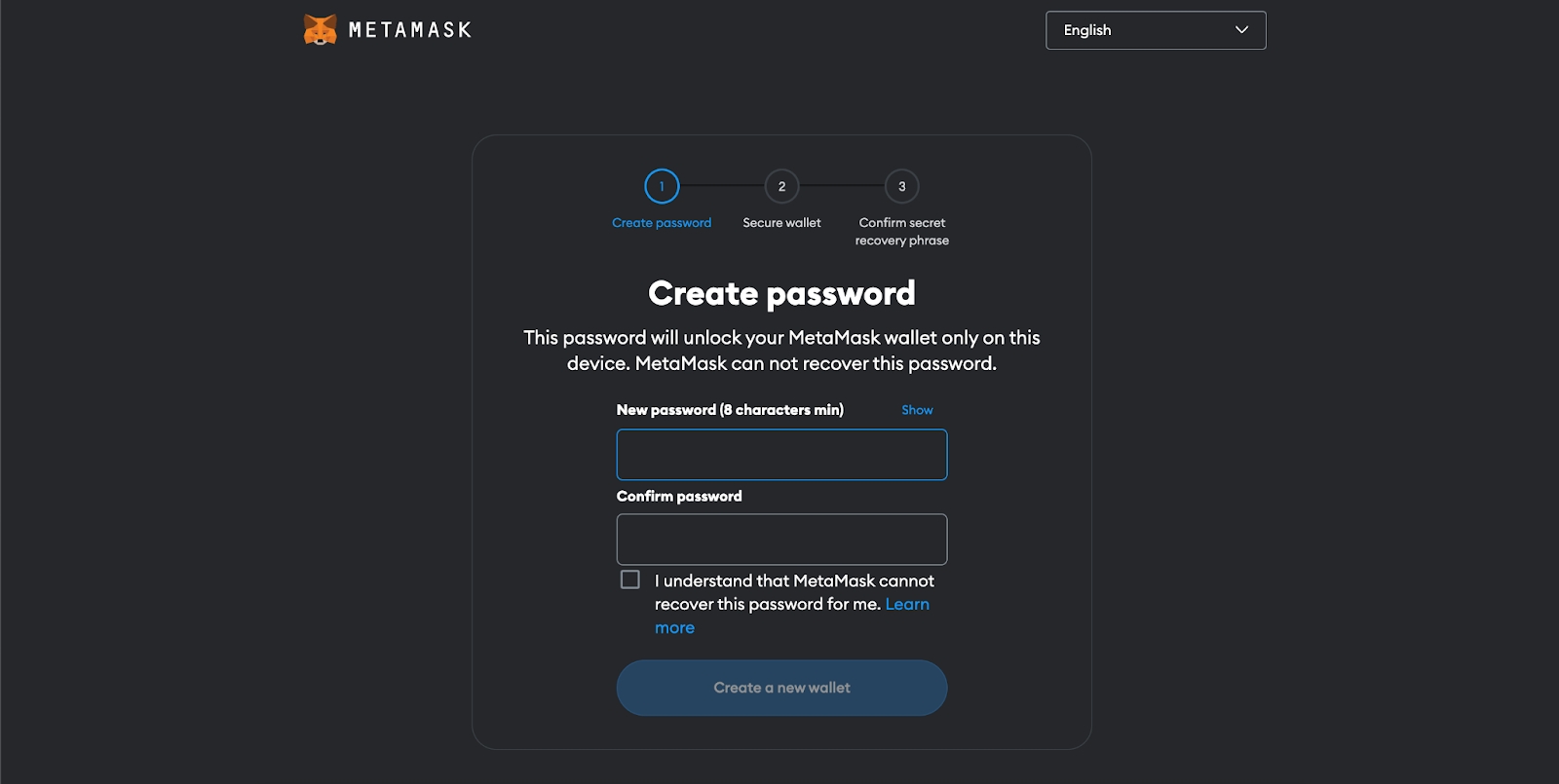
CRUCIAL: the Backup Phrase (also called Seedphrase). MetaMask will provide you with a unique set of 12 words. This is your backup phrase, vital for recovering your wallet if needed. We strongly recommend to watch the short and very insightful video!
Write down your backup phrase and store it securely. Avoid digital copies at any cost! The safest way to store your recovery key would be to write it down on paper and store it in a safe place (or even more than one place) that only you know of.
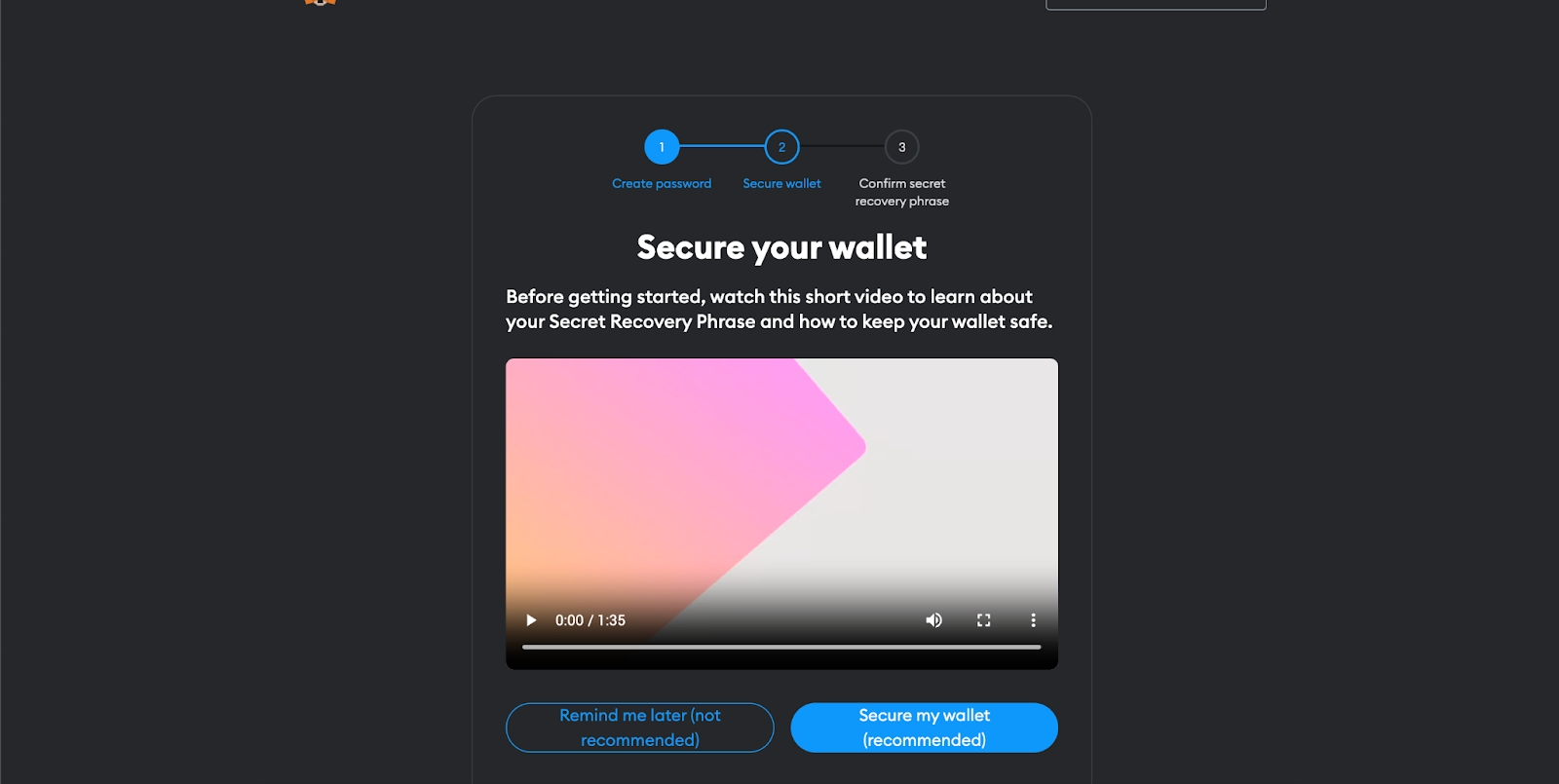
That was it! You have successfully created your first wallet!

4. Funding your Wallet
As with a bank account, you also have to initially top up your wallet to use it. To do so, you have several options:
Step 1: Determine Your Wallet Address. Before you can add funds, you need to know where to send them. Your wallet address (sometimes also referred to as the public key) is analog to your Bank account number. To find your MetaMask Wallet Address, click on the account name at the top of your MetaMask dashboard. This will copy your unique address to your clipboard.
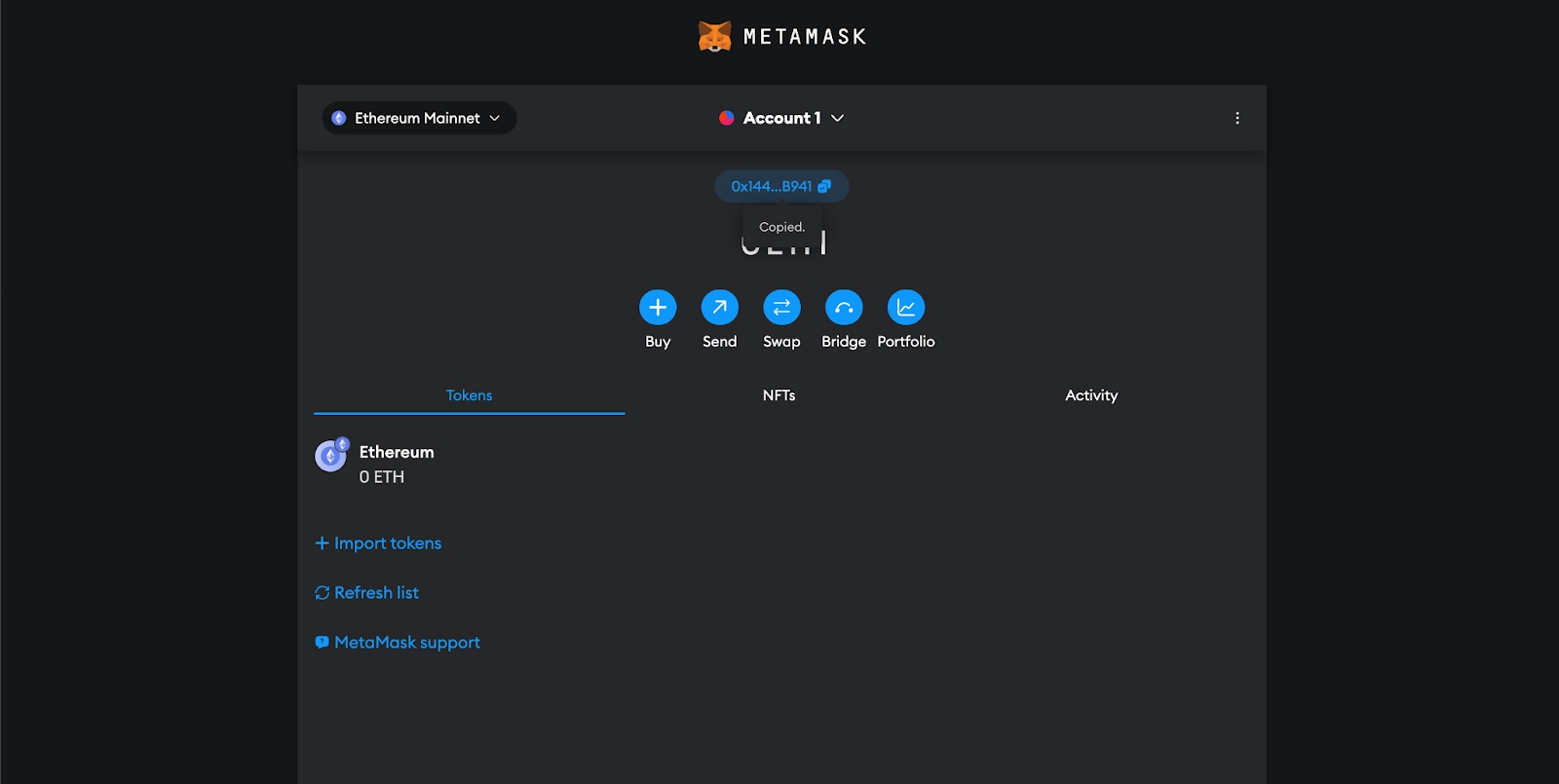
Option A: Using Crypto Exchanges. Via platforms like Coinbase, Binance, or Kraken, you can easily buy cryptocurrencies and tokens, and send them directly to your MetaMask wallet. On your exchange's withdrawal page, paste your MetaMask address (see last step) into the recipient field, choose the amount you want to transfer and confirm the transaction.
Note: Transaction fees might apply when transferring from exchanges, and the time it takes can vary depending on network congestion.
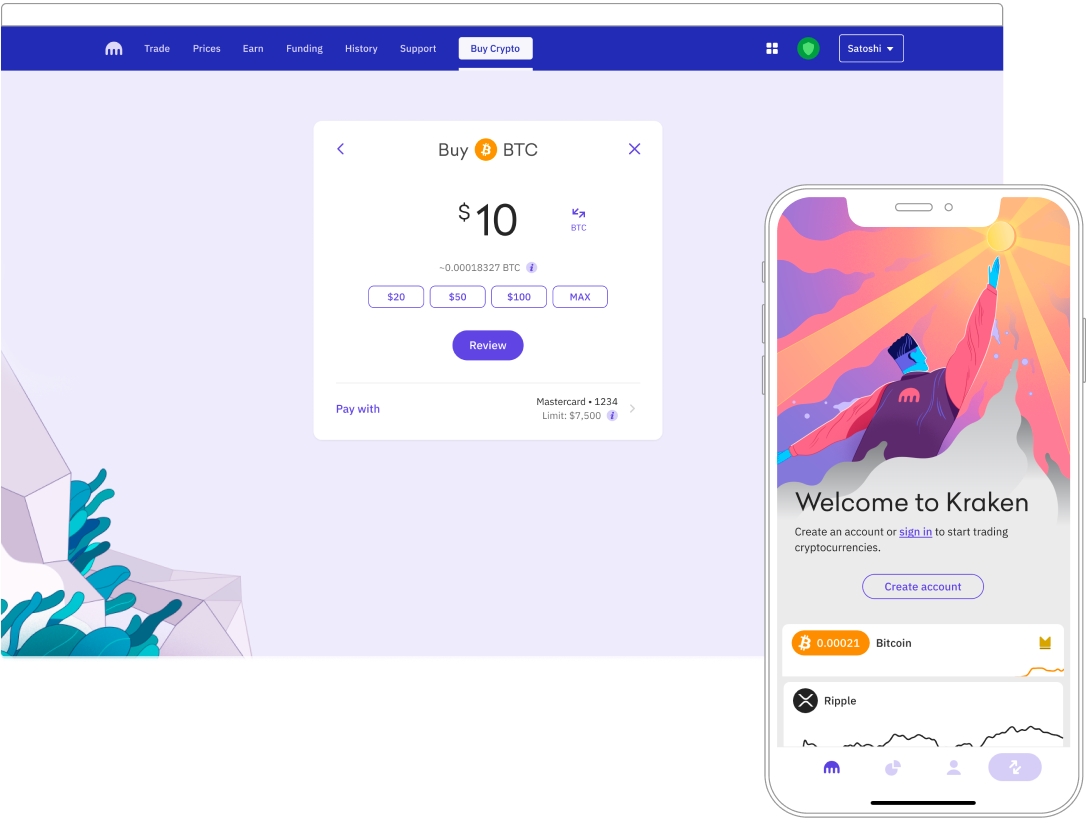
Option B: Purchasing Directly through MetaMask: Some regions and users have the option to buy Ethereum directly from within MetaMask using a debit card or bank transfer. To do this:
1. Click on the “Buy” button in your MetaMask dashboard.
2. Choose your preferred method (either debit card or bank transfer).
3. Follow the provided prompts to complete the transaction.
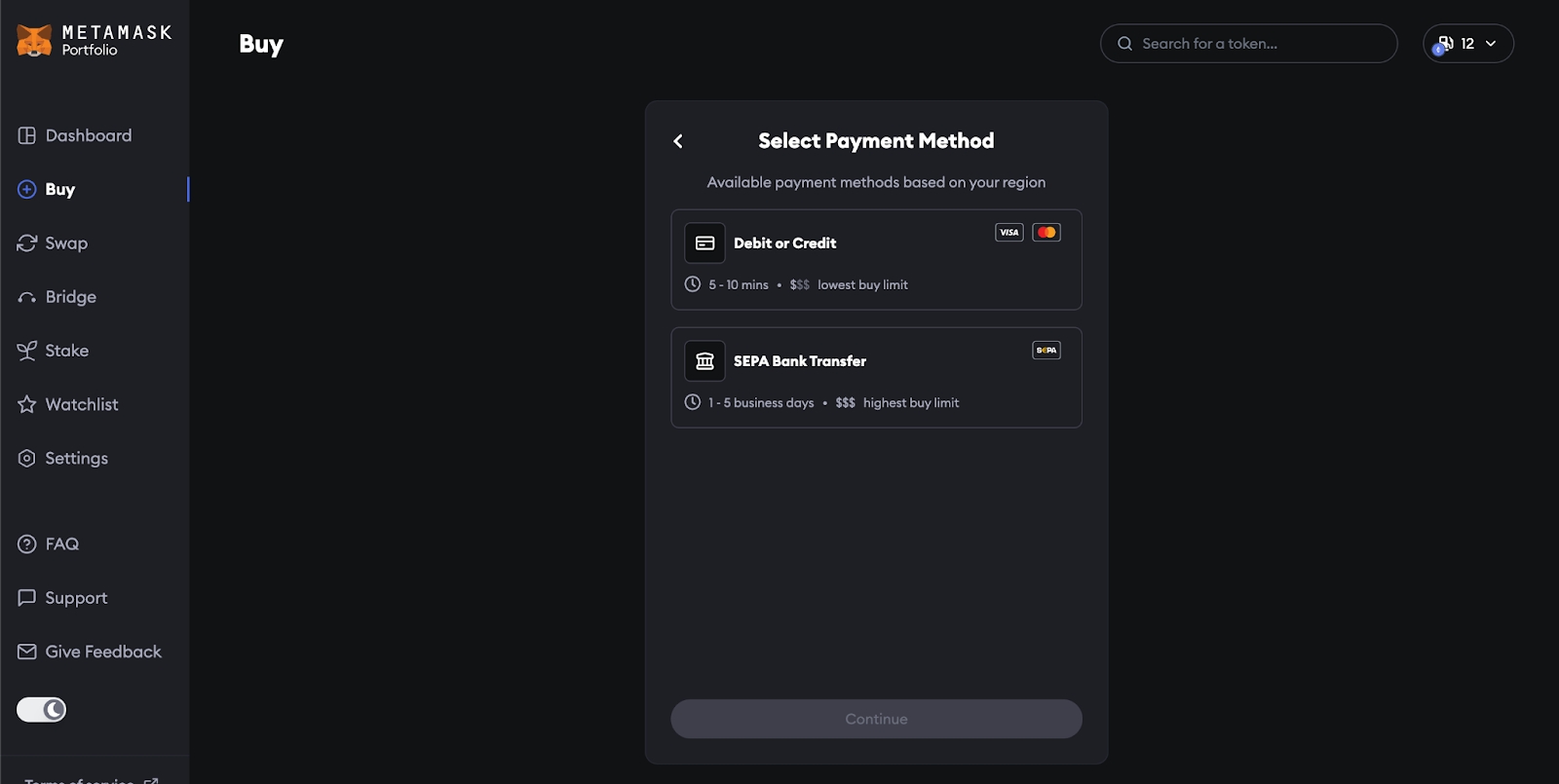
Option C: From a Friend or Peer. If a friend or acquaintance owns some Ethereum (or any other supported token), they can send it directly to your MetaMask Ethereum address. Share the address with them (as copied from step one) and wait for them to transfer the funds.
Pro Tip: Always double-check your address before sharing or entering it anywhere. Sending crypto to the wrong address could mean it's lost forever.
Also, be sure to check which network you want to send or receive crypto to or from. MetaMask can be used for any Ethereum Virtual Machine (EVM) network by adding a custom RPC. Not all blockchains are EVM compatible though!
5. Receiving, Sending, & Managing Assets
As with your bank account, you can also use your wallet to receive and send funds.
First, find out your account address: Click on your account name at the top. This copies your wallet address to the clipboard, allowing you to share it for transactions.
1. Sending Assets: Click on the "Send" button, input the recipient's address, and the amount you want to send, and follow the instructions.
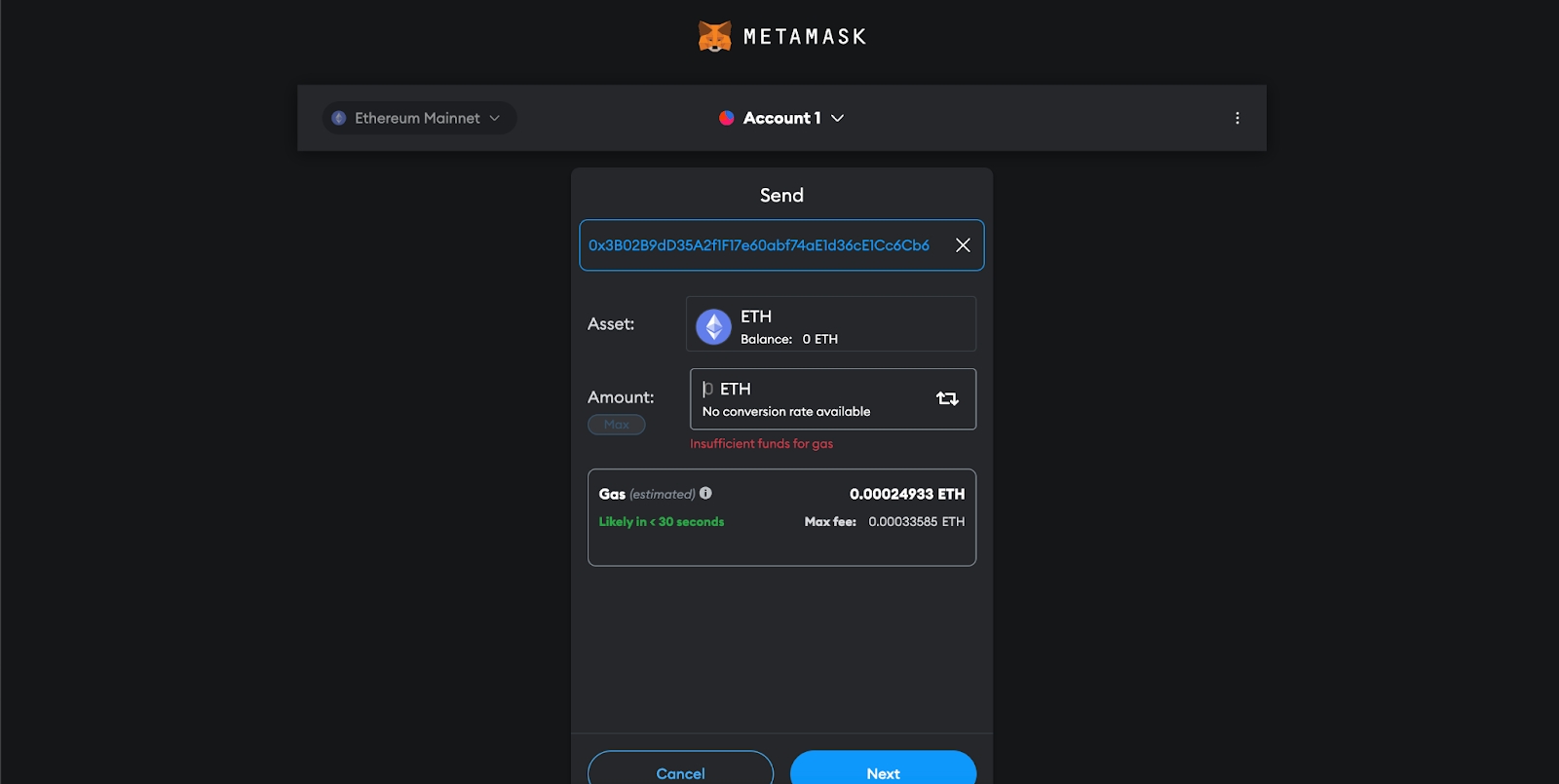
2. Receiving Assets: Share your address (from above) with the sender. Wait for the transaction to reflect in your MetaMask dashboard.
6. Interacting with DApps
MetaMask isn't just a wallet; it's a gateway to the entire Ethereum-based blockchain ecosystem. Once set up, you can use it to interact with any decentralized application (DApps). Simply visit any DApp, and MetaMask will prompt you when an action is required.
For example, you could use the decentralized exchange PancakeSwap to exchange your BNB into ONI tokens…
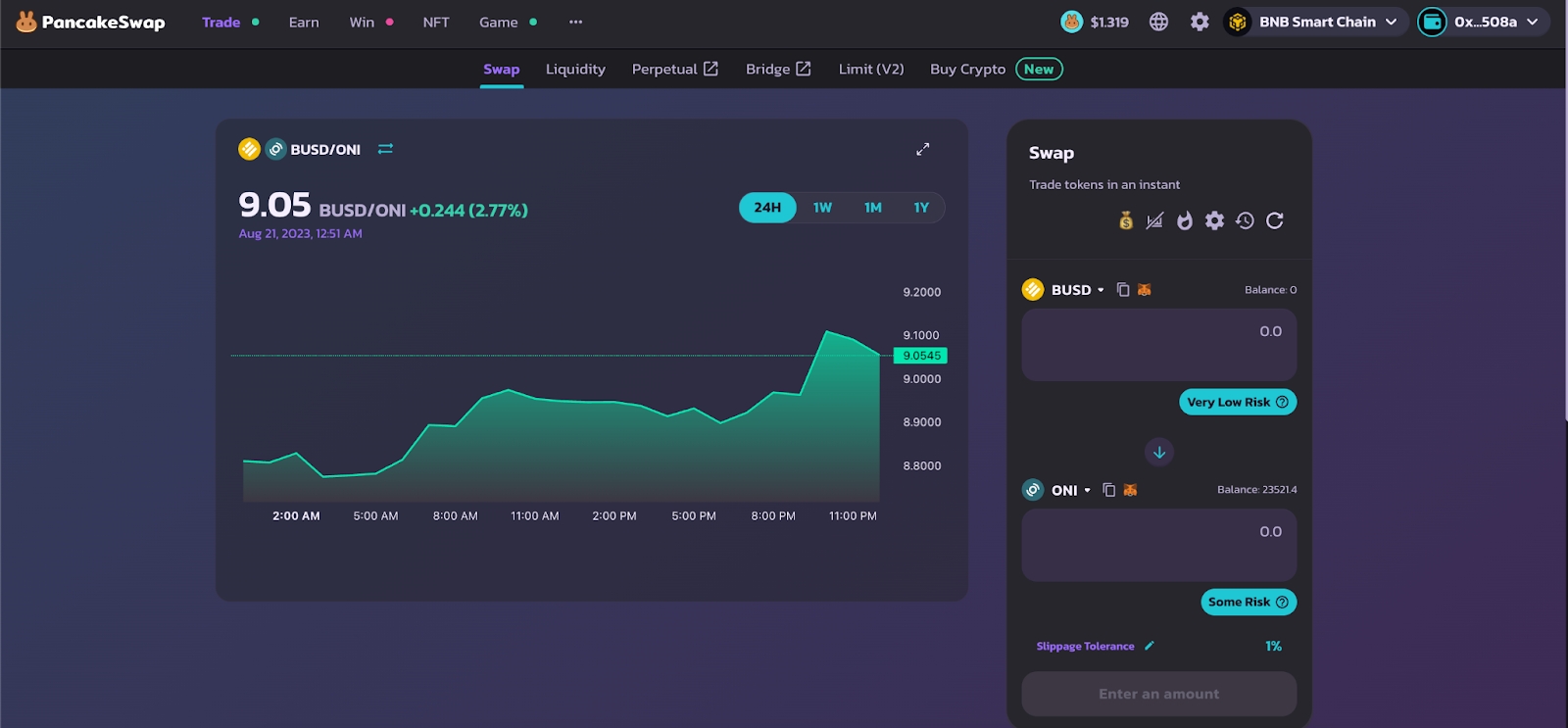
… or you could visit presale.cadai.co to participate in the Token Presale of our latest customer CADAICO!
In Conclusion
Understanding and effectively using blockchain wallets is paramount to your crypto journey. These wallets are your bridge to the blockchain, allowing you to execute transactions, save, or even trade your digital assets. Treat them with the same reverence and security consciousness as you would your physical bank accounts.
In our next segment, we'll delve into "Navigating Crypto Exchanges: From Centralized to Decentralized." As you progress with us in this enlightening series, you’ll soon find yourself adept at all things blockchain.
Here at ONINO, we’re not just about introducing you to the digital realm; we're about ensuring you traverse it like a pro. Join us in the next post and take another step forward in this revolutionary journey!
Last updated
Was this helpful?